Clinicians have often pondered if cancer cells could be selectively targeted, and how payloads ranging from fluorescent dyes to oncology drugs could be accurately delivered to these cells, and then safely cleared through the kidneys. Now, researchers at Memorial Sloan Kettering Cancer Center, and Nanotechnology in the College of Engineering at Cornell University have found the answer in the form of a new class of ultra-small nanoparticles that are showing significant potential for cancer diagnosis and treatment, and positive results in pre-clinical and clinical trials.
Researchers are finding that the use of new ultra-small nanoparticles called C-dots allows improved visualization in Positron Emission Tomography (PET) scans for diagnosis and real-time image-guided intraoperative mapping of nodal metastases to aid in precise surgical excision, currently in Phase II human clinical trials.
These ultra-small particles can also serve as a precision therapeutic solution, targeting and penetrating cancer cells to deliver a range of cancer-killing drugs, with the promise of unused particles and the drugs they carry safely leaving the body through the renal system.
The architecture of the C-dot is an ultra-small silica nanoparticle with a diameter of less than 10 nanometers, first innovated at Cornell University by Ulrich Wiesner, the Spencer T. Olin Professor of Engineering. Silica, also known as silicon dioxide (SiO2), is a widely existing inorganic composition which can be found in many places, e.g. plants, cosmetics, medicine and food such as bread crust.
Multiple near infrared (near-IR) fluorescent dye molecules can be covalently encapsulated inside the silica particle, and the fluorescence brightness of these molecules is further enhanced by the rigid surrounding silica matrix. As a result, the overall fluorescence brightness of C-dots can be one order of magnitude higher than that of dyes alone, delivering new capabilities to surgeons. Meanwhile, the surface of C-dots is covalently covered with polymer chains to increase bio-compatibility. Due to the high versatility of the synthesis chemistry of C-dots, different functional ligands can be selectively attached to the end of some of the polymer chains on the C-dot surface to endow the particles with a variety of functionalities for different applications, including, but not limited to cancer targeting, radio-isotopes chelating, and small molecule drug delivery.
Importantly, the ultra-small hydrodynamic size of C-dots enable them to be efficiently cleared from the body through the renal system.
Image Credit: Elucida Oncology
News This Week
Johns Hopkins Researchers Uncover a New Way To Kill Cancer Cells
A new study reveals that blocking ribosomal RNA production rewires cancer cell behavior and could help treat genetically unstable tumors. Researchers at the Johns Hopkins Kimmel Cancer Center and the Department of Radiation Oncology and Molecular [...]
AI matches doctors in mapping lung tumors for radiation therapy
In radiation therapy, precision can save lives. Oncologists must carefully map the size and location of a tumor before delivering high-dose radiation to destroy cancer cells while sparing healthy tissue. But this process, called [...]
Scientists Finally “See” Key Protein That Controls Inflammation
Researchers used advanced microscopy to uncover important protein structures. For the first time, two important protein structures in the human body are being visualized, thanks in part to cutting-edge technology at the University of [...]
AI tool detects 9 types of dementia from a single brain scan
Mayo Clinic researchers have developed a new artificial intelligence (AI) tool that helps clinicians identify brain activity patterns linked to nine types of dementia, including Alzheimer's disease, using a single, widely available scan—a transformative [...]
Is plastic packaging putting more than just food on your plate?
New research reveals that common food packaging and utensils can shed microscopic plastics into our food, prompting urgent calls for stricter testing and updated regulations to protect public health. Beyond microplastics: The analysis intentionally [...]
Aging Spreads Through the Bloodstream
Summary: New research reveals that aging isn’t just a local cellular process—it can spread throughout the body via the bloodstream. A redox-sensitive protein called ReHMGB1, secreted by senescent cells, was found to trigger aging features [...]
AI and nanomedicine find rare biomarkers for prostrate cancer and atherosclerosis
Imagine a stadium packed with 75,000 fans, all wearing green and white jerseys—except one person in a solid green shirt. Finding that person would be tough. That's how hard it is for scientists to [...]
Are Pesticides Breeding the Next Pandemic? Experts Warn of Fungal Superbugs
Fungicides used in agriculture have been linked to an increase in resistance to antifungal drugs in both humans and animals. Fungal infections are on the rise, and two UC Davis infectious disease experts, Dr. George Thompson [...]
Scientists Crack the 500-Million-Year-Old Code That Controls Your Immune System
A collaborative team from Penn Medicine and Penn Engineering has uncovered the mathematical principles behind a 500-million-year-old protein network that determines whether foreign materials are recognized as friend or foe. How does your body [...]
Team discovers how tiny parts of cells stay organized, new insights for blocking cancer growth
A team of international researchers led by scientists at City of Hope provides the most thorough account yet of an elusive target for cancer treatment. Published in Science Advances, the study suggests a complex signaling [...]
Nanomaterials in Ophthalmology: A Review
Eye diseases are becoming more common. In 2020, over 250 million people had mild vision problems, and 295 million experienced moderate to severe ocular conditions. In response, researchers are turning to nanotechnology and nanomaterials—tools that are transforming [...]
Natural Plant Extract Removes up to 90% of Microplastics From Water
Researchers found that natural polymers derived from okra and fenugreek are highly effective at removing microplastics from water. The same sticky substances that make okra slimy and give fenugreek its gel-like texture could help [...]
Instant coffee may damage your eyes, genetic study finds
A new genetic study shows that just one extra cup of instant coffee a day could significantly increase your risk of developing dry AMD, shedding fresh light on how our daily beverage choices may [...]
Nanoneedle patch offers painless alternative to traditional cancer biopsies
A patch containing tens of millions of microscopic nanoneedles could soon replace traditional biopsies, scientists have found. The patch offers a painless and less invasive alternative for millions of patients worldwide who undergo biopsies [...]
Small antibodies provide broad protection against SARS coronaviruses
Scientists have discovered a unique class of small antibodies that are strongly protective against a wide range of SARS coronaviruses, including SARS-CoV-1 and numerous early and recent SARS-CoV-2 variants. The unique antibodies target an [...]
Controlling This One Molecule Could Halt Alzheimer’s in Its Tracks
New research identifies the immune molecule STING as a driver of brain damage in Alzheimer’s. A new approach to Alzheimer’s disease has led to an exciting discovery that could help stop the devastating cognitive decline [...]









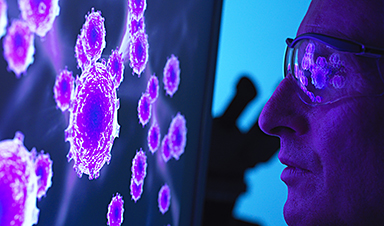
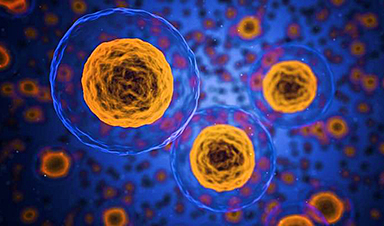
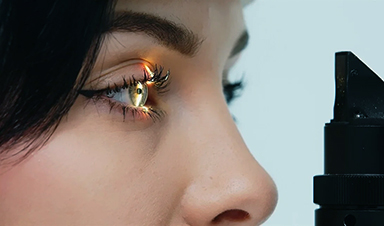

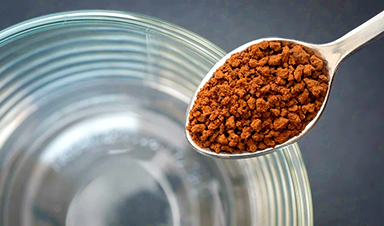
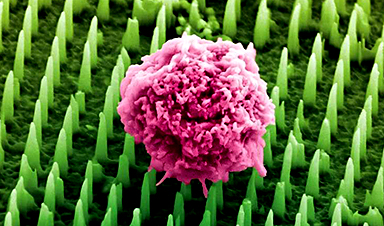
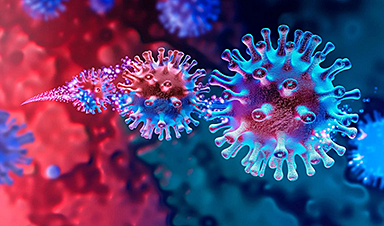


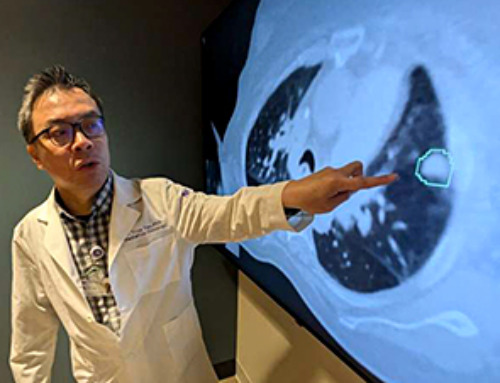
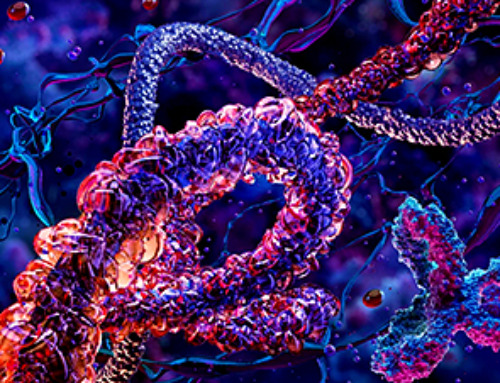


Leave A Comment